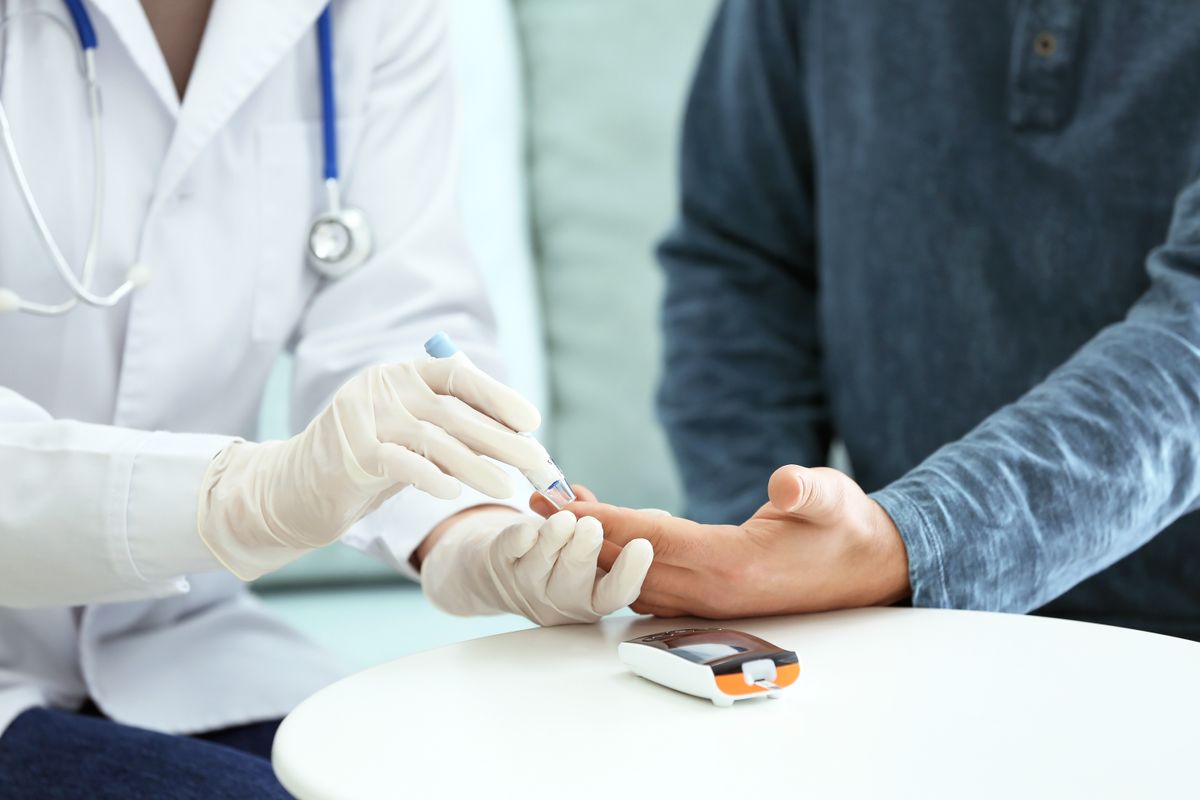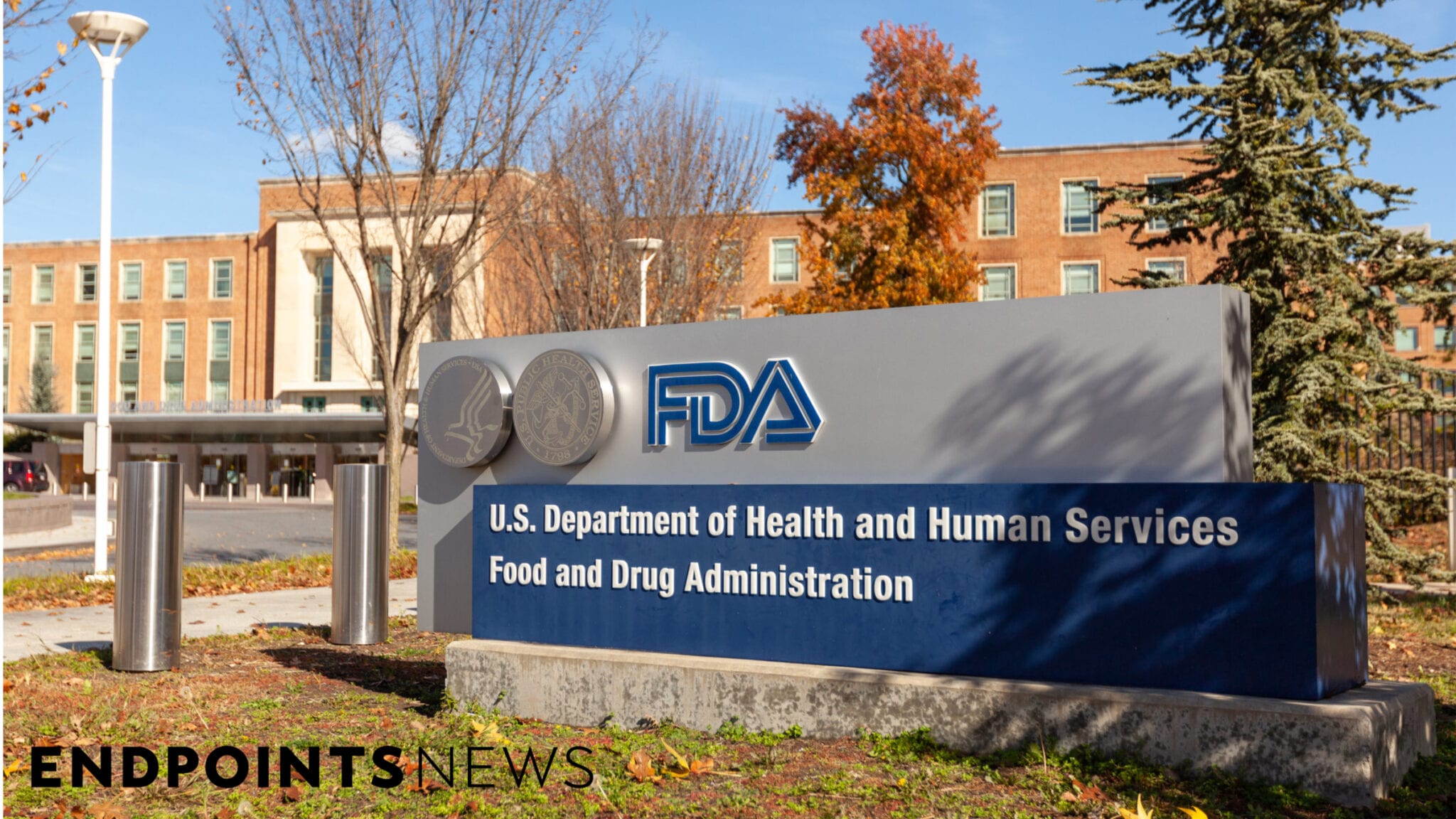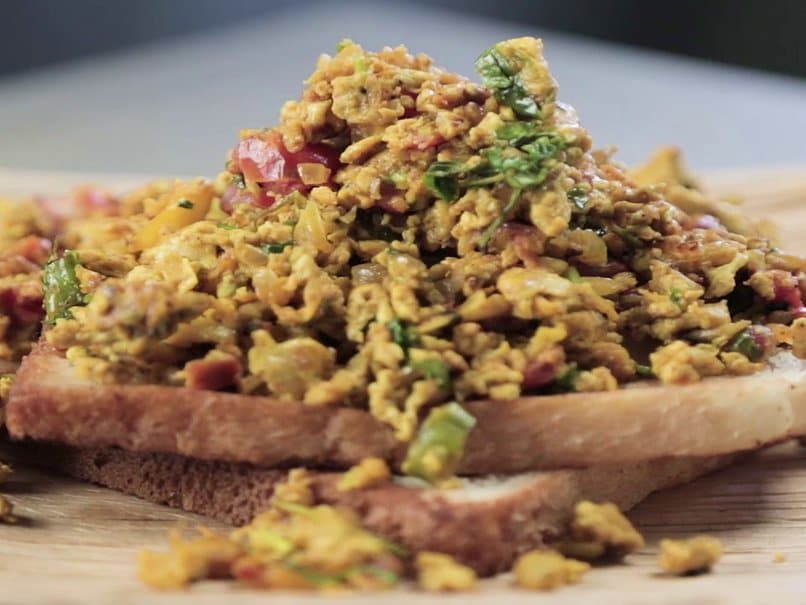In a small, early study, a type 1 diabetes vaccine helped maintain the body’s natural production of insulin in at least a subset of newly diagnosed patients.
In people with type 1 diabetes, the body’s immune system attacks the beta cells in the pancreas that produce insulin, a hormone that is necessary for glucose to be absorbed from the bloodstream. These patients need lifelong insulin injections to stay alive.
And because so many hidden factors in the body can affect a person’s need for insulin, people who are addicted to insulin often have high and low blood sugar. High blood sugar or hyperglycemia causes long-term damage to the organs, while low blood sugar or hypoglycemia can cause seizures or death in the short term.
Connected: 5 ways gut bacteria affect your health
In the current study, the researchers wanted to test whether a vaccine could stop or slow the destruction of these insulin-producing beta cells.
“Studies have shown that even extremely low levels of insulin production in the body are of great benefit to patient health,” said lead author Dr. Johnny Ludvigsson, Senior Professor at the Institute for Biomedical and Clinical Sciences at Linköping University in Sweden. “People with diabetes who make a certain amount of insulin naturally are less likely to develop low blood sugar and hypoglycemia.”
Ludvigsson and his team developed a vaccine made from glutamic acid decarboxylase (GAD), a protein that is anchored to the surface of beta cells and against which many people with type 1 diabetes make antibodies. (The treatment is called GAD alum).
People with certain versions of immune system genes known as human leukocyte antigen (HLA) genes are at higher risk of developing type 1 diabetes. Several HLA types increase the risk of autoimmune disease, but a genetic variant known as “HLA-DR3-DQ2” exposes a form of GAD protein (GAD65) to the immune system on the surface of beta cells. This causes the immune system to produce antibodies against the protein and target the beta cells for destruction.
The researchers wanted to find out whether a vaccine that exposes the body to more GAD would help the immune system to better tolerate the body’s natural GAD65 and thus stop attacking the insulin-producing cells.
For the clinical phase 2 study, the researchers recruited 109 patients between the ages of 12 and 24 years who had been diagnosed with type 1 diabetes in the past six months. About half of the patients carried the HLA-DR3-DQ2 gene variant.
The researchers divided the participants into two groups: half of the participants, who were randomly selected, received three vaccine shots in their lymph nodes, one month apart, and the other half received a placebo.
The researchers analyzed how much natural insulin the participants produced at the start of the study and after 15 months. They also analyzed changes in long-term blood sugar levels and how much extra insulin they needed to take each day.
Overall, there was no difference between the treatment and placebo groups. However, the subgroup of patients with the HLA-DR3-DQ2 variant did not lose insulin production as quickly as other patients.
“Treatment with GAD alum appears to be a promising, easier, and safer way to maintain insulin production in about half of patients with type 1 diabetes who have the right type of HLA,” said Ludvigsson. “For this reason, we look forward to larger studies and hope that they will lead to a drug that can change the progression of type 1 diabetes.”
The study, published online May 21 in the journal Diabetes Care, was funded by the pharmaceutical company Diamyd Medical AB, which also helped plan and collect data in the study, the Swedish Children’s Diabetes Foundation, and the Swedish Diabetes Association. Foundation, endowment.
Originally published on Live Science.










